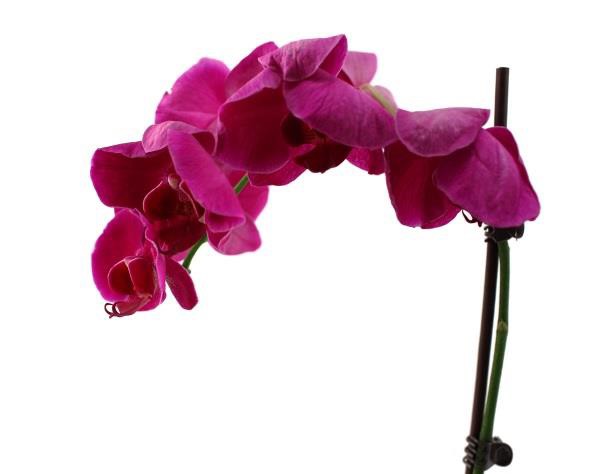
When much time and effort has gone into saving a Phalaenopsis orchid that is suffering from disease or infestation, it can be difficult to know when it is time to admit defeat rather than potentially infecting your other or even future plants within your home or business. If you keep the pot or don’t clean your gardening tools properly after working with a diseased Phalaenopsis orchid, it is likely that the disease will spread to other plants. So, how do we make the decision to give up on one or more orchids that are sick with little to no chance of survival?
One option is to ask a trusted friend. Even a botanically unknowledgeable person can spot a truly ugly plant that has little hope. If you have fellow Phalaenopsis orchid enthusiasts as friends, turn to them for their insight about how the plant(s) look. You can also consult our Orchid Care section for helpful tips and information.
Any plants that are rootless, unfortunately, should be thrown away as they have no hope of survival. A healthy orchid has white, fleshy, and firm or green plump roots, while an overwatered one has brown and mushy roots. If you find that your orchid has bad roots, snip them off with a sterilized cutting tool and then repot it. On the other hand, if the part of the orchid that connects the leaves and the roots is mushy, it is time to toss the plant.
In the meantime, clean and disinfect all of your supplies. By disinfecting your gardening tools, you will lessen the chance of the disease or pest spreading to a new plant.
The longer you stare at a dying orchid, the more depressed you’ll feel. Look at the positive side: if you can let go of sad cases, you can make room for new and beautiful orchids!

Copyright Just Add Ice® Orchids 2023